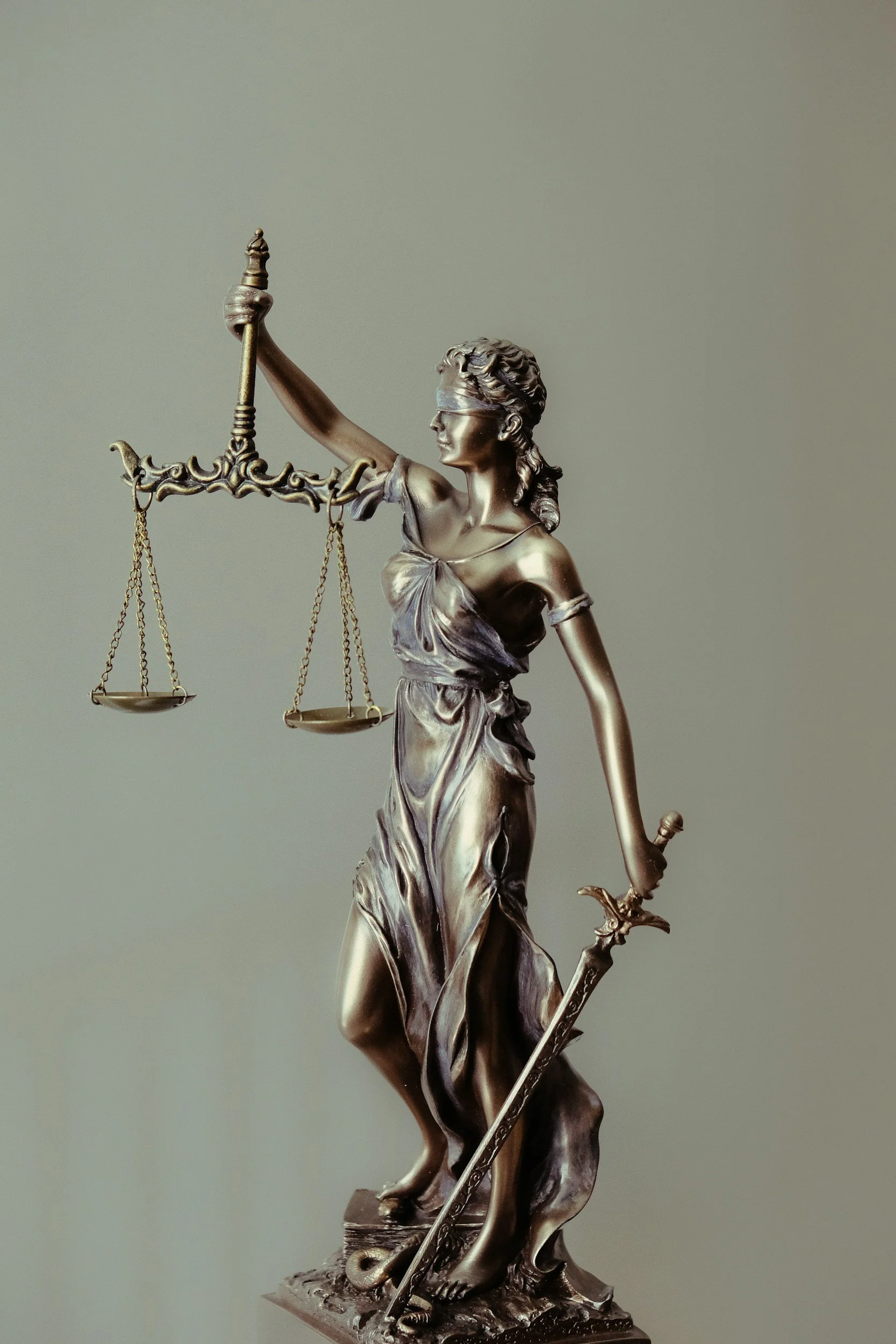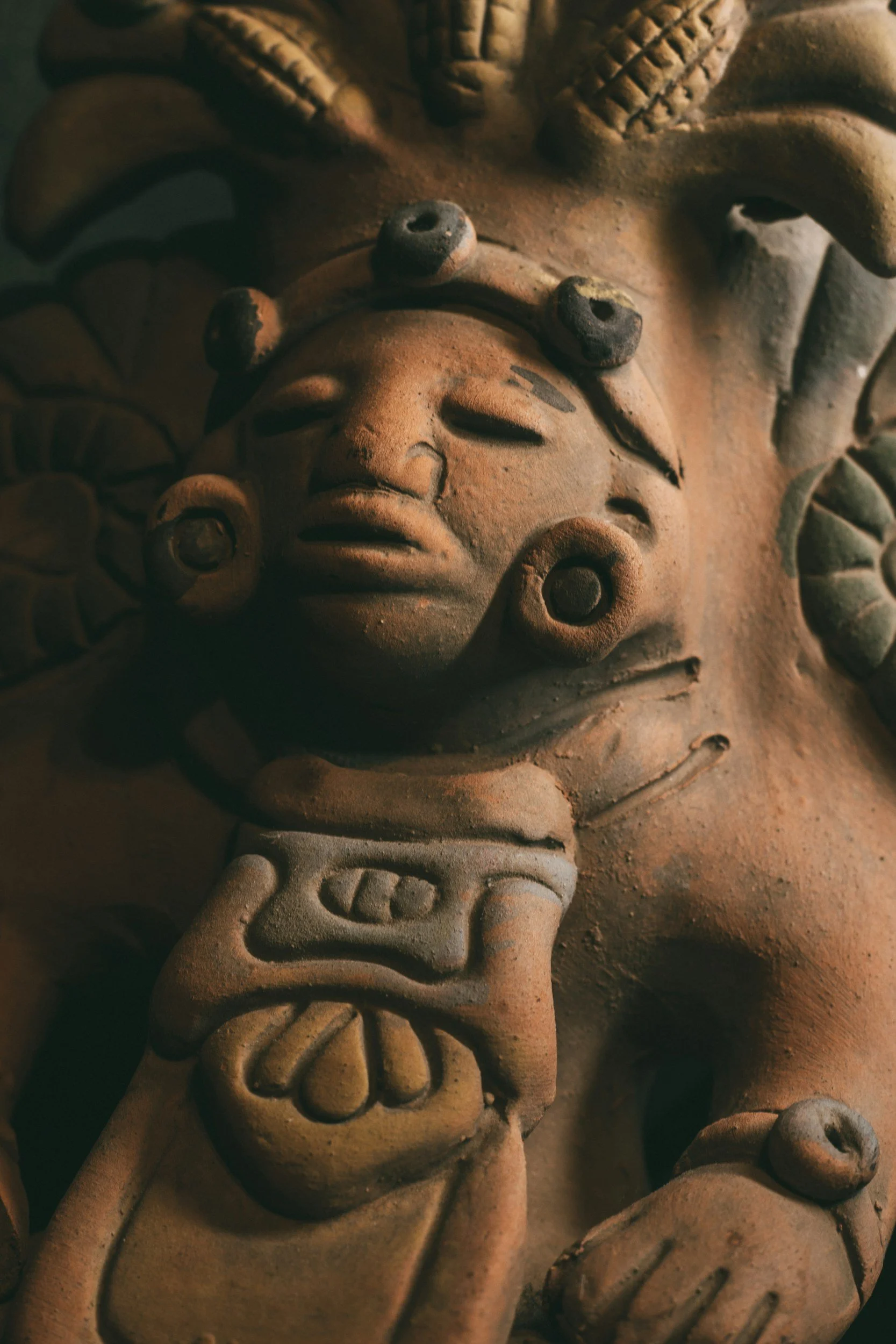The Role of Animal Blood (Obara) in Odinani and Why Our Ancestors Used It
In Igbo spirituality, blood, known as obara, is very spiritually significant as it represents life itself. Just like water, blood is considered a liquid form of life, carrying the lifeforce of existence within its plasma. It is used in various rituals and ceremonies to infuse life into objects that are not naturally alive, such as an Alusi (deity) totems, Ofo (staff of authority), Ikenga totems, Ogwu (charms), and other sacred items. Our ancestors, based on their needs at the time, understood that blood could be a bridge between the material and spiritual worlds, a conduit through which life could be simulated and maintained.
The Dual Nature of Blood: Plasma and Platelets
To truly understand the role of blood in Odinani, it is important to consider its dual nature in the context of rituals. Blood is contains plasma and platelets, each of them esoterically represent different aspects of existence. Plasma, the liquid component of blood, is a reflection of the life force behind mmuo (spirit), it represents the ethereal and intangible qualities of life. It is this plasma that gives blood its life-giving properties, making it a powerful tool in spiritual rituals. On the other hand, platelets are more reflective of the uniting force behind mmadu (human), it represents the physical and corporeal aspects of existence. Together, these components make blood a unique substance that connects the spiritual and physical realms.
How Animal Blood Is Used in Odinani
In the traditional Igbo way of life, blood was, and still is, used in various spiritual practices to honor the ancestors, deities, and the land itself. The act of spilling blood is a deeply symbolic gesture, meant to acknowledge the life force that sustains all living beings and to communicate with the unseen world.
Infusing Life into Sacred Objects: Blood is used to infuse life into objects that are considered sacred but are not naturally alive. For example, when consecrating a totem, blood is poured on these objects to imbue them with the life force necessary for them to carry out their spiritual functions. This act symbolizes the transfer of life force from the animal to the object, making it a living entity in the spiritual sense.
Offering to the Ancestors and Spirits: Our ancestors killed their own meat, which means that bloodshed was an inherent part of their daily lives. In the process of preparing meat, the blood of the animal was usually collected and offered to the ancestors and spirits. This was done as a way of honoring the non-living members of the family, to make sure that they were remembered and respected. The living members would consume the meat, while the blood was poured on altars, sacred trees, or directly on the earth as an offering. This act was always accompanied by a prayer or intention, asking for blessings, protection, and guidance from the ancestors and deities. No part of the animal serving as meat was wasted.
Symbolic Representation of Life: In many rituals, animal blood is used to symbolize the essence of life. When they offered blood, our ancestors were acknowledging the life force that flows through all beings and were making a connection with the spiritual world. This practice reinforced the idea that life is sacred and that the physical and spiritual worlds are inherently connected.
Cultural Practices and Gender Roles
In Igbo culture, the act of spilling blood is not taken lightly and is governed by specific cultural practices and gender roles. For instance, bloodshed is typically not committed by pre-menopausal women. This is rooted in the belief that women, particularly those who have not yet reached menopause, are already closely connected to the mysteries of life and death through their menstrual cycles and the potential for childbirth. Therefore, the responsibility of spilling blood, especially in ritual contexts, usually falls to men, who are called upon to assist in the killing aspect.
The Spiritual Significance of Bloodshed
The act of spilling animal blood in ritual contexts is not seen as an act of violence but as a sacred duty. This is why the very act in itself is done with intention, and in ancient times it was done with ritual precision that communicated with the animal in question, and caused it the least amount of pain. It is a way of acknowledging the connection between all life and the responsibility of humans to maintain balance in the universe. When animal blood is shed, it is done with reverence and a deep understanding of its spiritual implications. The offering of animal blood to the ancestors, deities, and the land is a way of making sure that the life force continues to flow, nourishing both the physical and spiritual worlds.
To Sum It Up
In Odinani, animal blood is much more than just a physical substance; it is a liquid form of life itself, carrying the energy that powers existence within its plasma. Through the ritual use of animal blood, our ancestors were able to infuse life into sacred objects, honor the ancestors and spirits, and maintain the balance between the physical and spiritual worlds. The practice of spilling animal blood was governed by specific cultural practices and gender roles, making sure that it was done with the utmost reverence and respect. Being aware of the role of blood in Odinani can help us gain insight into the deep spiritual wisdom of our ancestors and the sacredness of life in all its forms. It can also help us understand the core principles behind the practice, which can help those interested in pioneering alternative systems come up with precise innovations.
Recommended Resources:
Why blood sacrifice in African spirituality? | ReVodution: Voodoo Education & Solutions (Article)





























